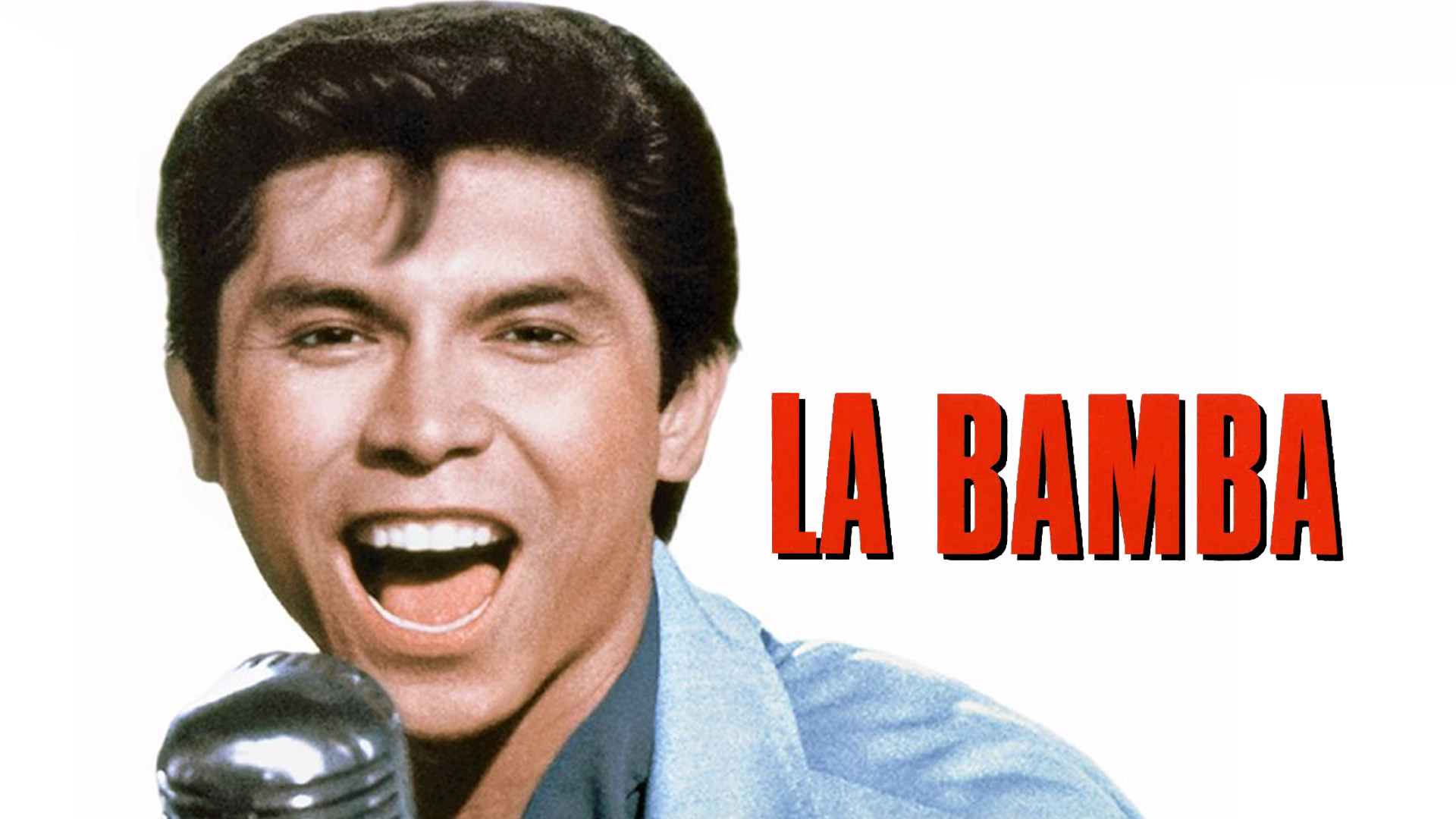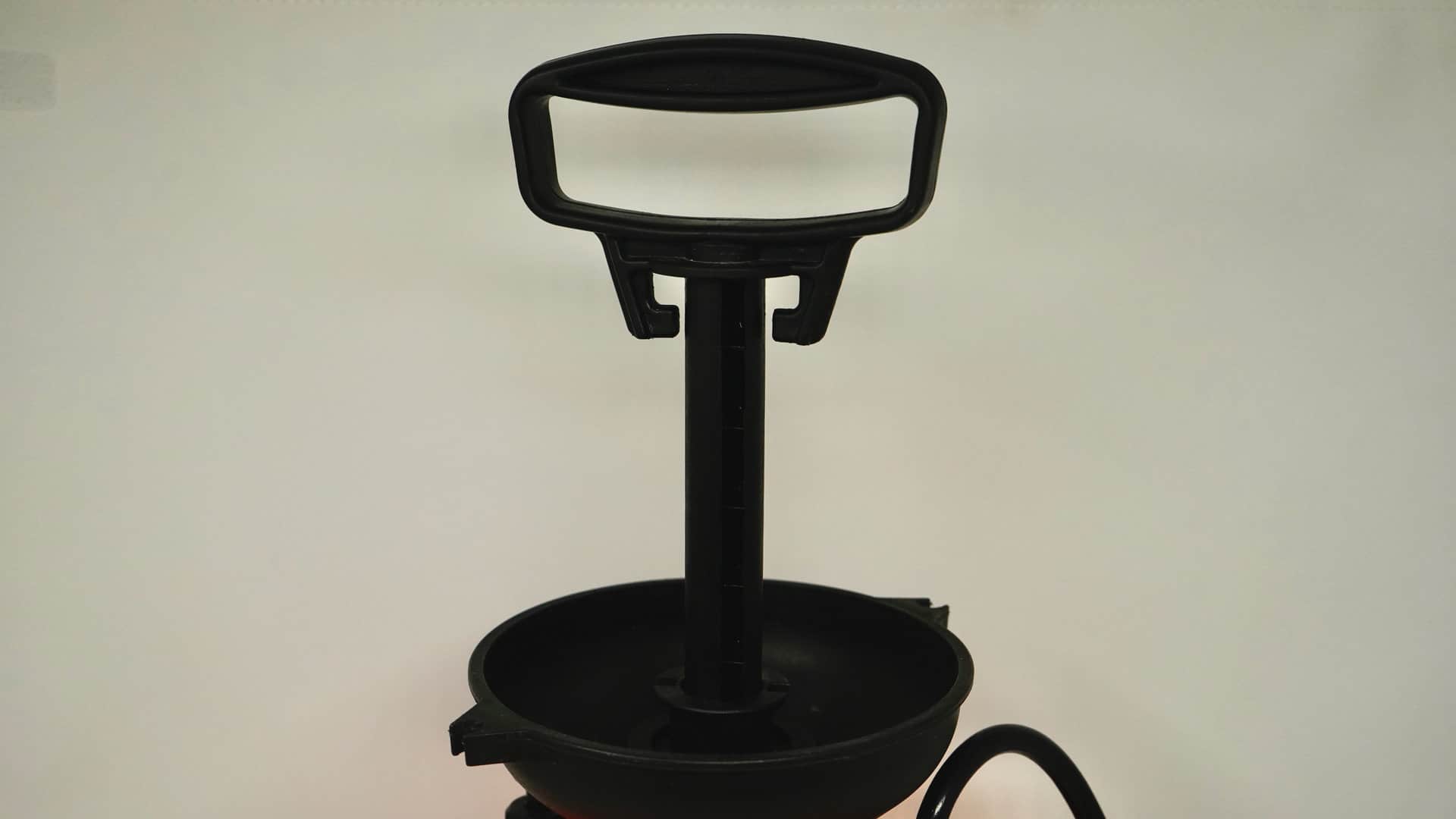
La Bamba, released in 1987, is a biographical film that tells the story of rock and roll legend Ritchie Valens. Directed by Luis Valdez, this captivating film takes us on a journey into Valens’ life, his rise to fame, and tragically his untimely death at the age of 17. La Bamba not only showcases Valens’ musical talent, but also delves into the struggles he faced as a young Mexican-American artist trying to make it in the music industry.
In this article, we present 36 fascinating facts about the film La Bamba that will give you a deeper understanding and appreciation for this iconic movie. From the casting choices to the behind-the-scenes challenges, and the impact it had on preserving Valens’ legacy, we’ll take a comprehensive look into the making of this cinematic masterpiece.
Key Takeaways:
- La Bamba” is a movie that tells the inspiring story of Ritchie Valens, a rock ‘n’ roll pioneer, and his rise to fame, showcasing his talent, determination, and the impact of his music.
- The film “La Bamba” not only revived interest in Ritchie Valens’ music but also became a cultural touchstone, inspiring audiences with its portrayal of perseverance, the power of music, and Latino representation in Hollywood.
The movie La Bamba was released in 1987.
La Bamba, a biographical film directed by Luis Valdez, hit theaters in It tells the story of Richard Valenzuela, known as Richie Valens, a pioneering rock ‘n’ roll musician.
Lou Diamond Phillips portrayed Richie Valens.
In the film, Lou Diamond Phillips brilliantly embodied the role of Richie Valens, capturing his talent, charisma, and tragic fate.
More than 1,000 actors auditioned for the role of Ritchie Valens.
The casting process for La Bamba was highly competitive, with thousands of actors vying to portray the iconic musician. Lou Diamond Phillips stood out among the many hopefuls.
The real-life Ritchie Valens’ sister, Connie Valenzuela, served as a technical advisor.
Connie Valenzuela, Richie’s sister, worked closely with the filmmakers to ensure the accuracy and authenticity of the film’s portrayal of her brother’s life.
The movie features key performances of Richie Valens’ songs.
La Bamba showcases several of Richie Valens’ most beloved songs, including the titular track and “Donna.” The performances are a highlight of the film, showcasing Phillips’ talent as a singer.
Esai Morales portrayed Ritchie’s half-brother, Bob Morales.
Esai Morales delivers a powerful performance as Bob Morales, Ritchie’s troubled and rebellious half-brother. Bob acts as a driving force in Ritchie’s story.
The film explores Ritchie Valens’ cultural identity.
La Bamba delves into Ritchie Valens’ struggle with his dual Mexican-American identity, reflecting the challenges faced by many immigrants and their families.
La Bamba received critical acclaim.
The movie was well-received by critics, praised for its authentic portrayal of Ritchie Valens‘ life and the performances of its cast.
The film was a commercial success.
La Bamba performed well at the box office, earning over $54 million worldwide.
Ritchie Valens’ family was involved in the production.
Richie Valens’ family supported the making of the film and attended its premiere. His mother, Connie Valenzuela, and sister, Connie Valenzuela, were present.
La Bamba revived interest in Ritchie Valens’ music.
The release of the film sparked a renewed interest in Ritchie Valens’ music, introducing his songs to a new generation of fans.
The iconic song “La Bamba” achieved even greater popularity.
Following the film’s release, Valens’ iconic song “La Bamba” climbed the music charts once again, becoming a worldwide hit.
The movie showcases the ’50s music scene.
La Bamba provides a nostalgic look at the vibrant music scene of the 1950s, capturing the energy and excitement of the era.
La Bamba was filmed in California.
The majority of the film was shot in various locations in California, including Los Angeles and Tijuana, Mexico.
Lou Diamond Phillips had to learn how to play the guitar.
Prior to filming, Lou Diamond Phillips had to undergo extensive guitar lessons to convincingly portray Richie Valens’ musical talent.
The film was nominated for a Golden Globe Award.
La Bamba received a nomination for the Golden Globe Award for Best Motion Picture – Musical or Comedy, solidifying its critical recognition.
The movie highlights the tight-knit relationship between the Valenzuela family.
La Bamba paints a heartfelt portrait of the Valenzuela family’s bond, emphasizing the importance of family support in Ritchie’s journey.
The film includes emotional moments of Ritchie’s struggles with discrimination.
La Bamba addresses the racial challenges that Ritchie Valens faced in his career, shedding light on the racism prevalent in the music industry at the time.
The film pays tribute to other musicians of the era.
Besides focusing on Ritchie Valens’ life, La Bamba acknowledges other influential musicians of the ’50s, such as Buddy Holly and The Big Bopper.
The movie captures Ritchie’s rise to fame.
La Bamba follows Ritchie Valens’ journey from performing in local venues to achieving national recognition and becoming a pioneer of the Chicano rock movement.
The film explores Ritchie’s relationships with his peers.
La Bamba delves into Ritchie Valens’ friendships with fellow musicians, shedding light on the camaraderie and competition within the music industry.
The soundtrack of the film was a major success.
The soundtrack of La Bamba achieved significant commercial success, reaching the top of the Billboard 200 chart.
The film features a touching tribute to Ritchie Valens at the end.
La Bamba concludes with a poignant tribute to Ritchie Valens and the other musicians who tragically lost their lives in the plane crash.
The film showcases the trials and triumphs of Ritchie’s career.
La Bamba provides a glimpse into the highs and lows of Ritchie Valens’ career, from his early struggles to his breakthrough success.
The movie is a celebration of Ritchie Valens’ legacy and impact.
Above all, La Bamba serves as a celebration of the remarkable talent and enduring legacy left behind by Ritchie Valens.
The set design of the film recreates the 1950s atmosphere.
La Bamba’s production design meticulously recreates the look and feel of the 1950s, immersing viewers in the era.
The film emphasizes Ritchie’s determination to succeed.
La Bamba highlights Ritchie Valens’ unwavering determination to pursue his passion for music, even in the face of adversity.
The movie showcases Ritchie’s evolving musical style.
La Bamba tracks the evolution of Ritchie Valens’ musical style, from his early rock ‘n’ roll sound to his exploration of his Mexican heritage.
The film explores the impact of Ritchie Valens’ untimely death.
La Bamba delves into the profound impact of Ritchie Valens’ tragic death on his family, friends, and the music world at large.
The costumes in the film accurately reflect the fashion of the 1950s.
La Bamba’s costume design is meticulously researched and captures the fashion trends of the 1950s, adding authenticity to the film.
La Bamba has become a cultural touchstone.
In the decades since its release, La Bamba has achieved cult status and remains a beloved film among fans of rock ‘n’ roll and biographical dramas.
The movie inspires audiences with Ritchie Valens’ story of perseverance.
La Bamba resonates with viewers by showcasing Ritchie Valens’ unwavering drive and commitment to his craft, inspiring others to pursue their dreams.
The film is a testament to the power of music.
La Bamba highlights the transformative power of music, demonstrating its ability to connect people across cultures and generations.
The movie was an important milestone for Latino representation in Hollywood.
La Bamba played a significant role in increasing representation of Latino stories and actors in mainstream cinema, paving the way for future diversity in the industry.
The film’s success led to the creation of a Ritchie Valens biopic documentary.
Following the success of La Bamba, a documentary titled The Real Ritchie Valens was released, providing a more in-depth exploration of the musician’s life.
La Bamba continues to inspire new generations of musicians and filmmakers.
Decades after its release, La Bamba continues to inspire aspiring musicians and filmmakers, who are drawn to Ritchie Valens’ story of talent, ambition, and tragedy.
Conclusion
In conclusion, La Bamba is a timeless movie that continues to captivate audiences with its compelling story, unforgettable soundtrack, and powerful performances. Through the journey of Ritchie Valens, we are reminded of the importance of following one’s dreams and embracing our cultural heritage. The film beautifully portrays the vibrant world of 1950s rock and roll, while also addressing significant themes such as family, identity, and the pursuit of fame. With its enduring popularity and impact on popular culture, La Bamba has earned its place as a beloved classic. Whether you’re a fan or new to the movie, this article has provided you with 36 fascinating facts that will deepen your appreciation for this iconic film. So why not grab some popcorn, turn up the volume, and enjoy La Bamba today?
FAQs
1. Is La Bamba based on a true story?
Yes, La Bamba is based on the life of 1950s rock and roll legend Ritchie Valens.
2. Who played the role of Ritchie Valens in the movie?
Actor Lou Diamond Phillips portrayed Ritchie Valens in La Bamba.
3. When was La Bamba released?
La Bamba was released on July 24, 1987.
4. Who directed La Bamba?
The movie was directed by Luis Valdez.
5. What is the significance of the title “La Bamba”?
“La Bamba” refers to a traditional Mexican folk song that became a signature hit for Ritchie Valens.
6. What impact did La Bamba have on Ritchie Valens’ music career?
The success of the “La Bamba” single skyrocketed Ritchie Valens to fame, making him one of the pioneering Latino rock and roll artists.
7. Did the real Ritchie Valens’ family support the making of the film?
Yes, the Valens family played an active role in the production of the movie and provided valuable insights into Ritchie’s life.
8. Was the iconic “Winter Dance Party” tour accurately depicted in the film?
Yes, the movie accurately portrayed the ill-fated “Winter Dance Party” tour, which tragically ended with the deaths of Ritchie Valens, Buddy Holly, and The Big Bopper in a plane crash.
9. How did Lou Diamond Phillips prepare for his role as Ritchie Valens?
Lou Diamond Phillips extensively researched Ritchie Valens’ life, studied his mannerisms, and received guidance from the Valens family to portray the character authentically.
10. What is the lasting legacy of La Bamba?
La Bamba continues to be celebrated for its portrayal of Ritchie Valens’ life and music, and its impact on Latino representation in the entertainment industry.
Was this page helpful?
Our commitment to delivering trustworthy and engaging content is at the heart of what we do. Each fact on our site is contributed by real users like you, bringing a wealth of diverse insights and information. To ensure the highest standards of accuracy and reliability, our dedicated editors meticulously review each submission. This process guarantees that the facts we share are not only fascinating but also credible. Trust in our commitment to quality and authenticity as you explore and learn with us.


